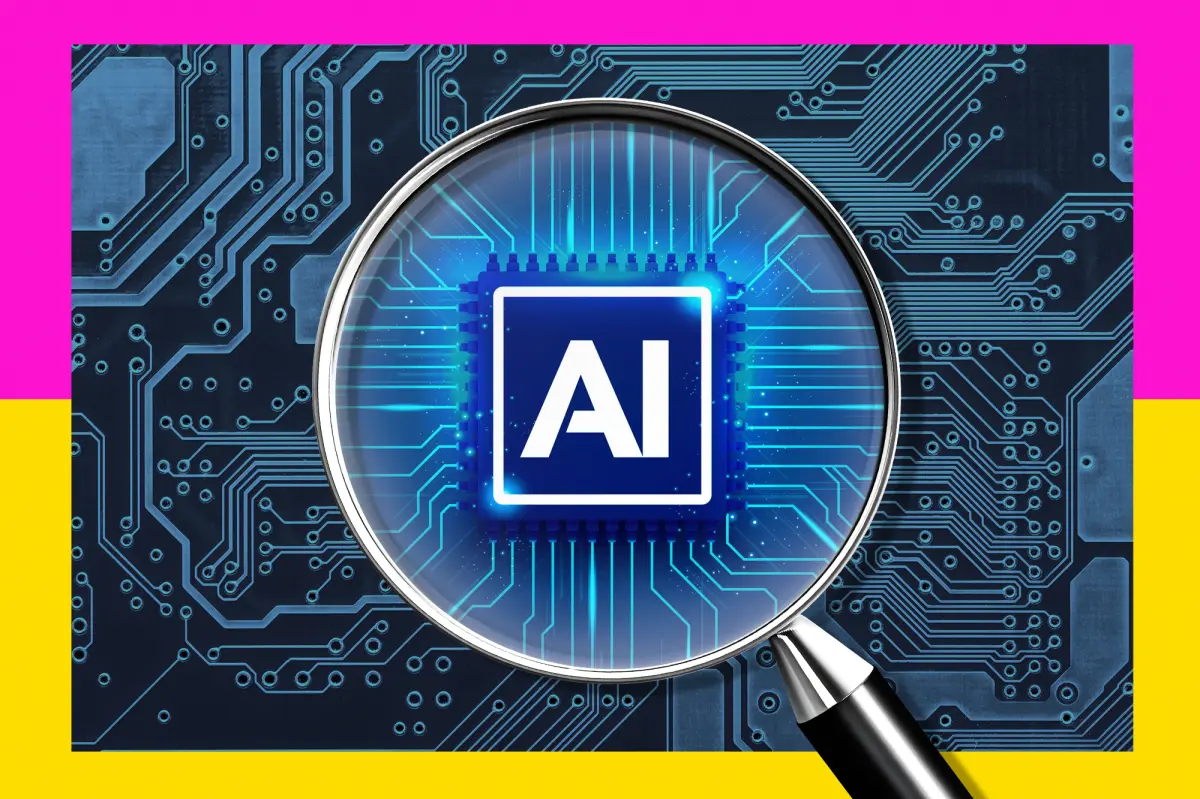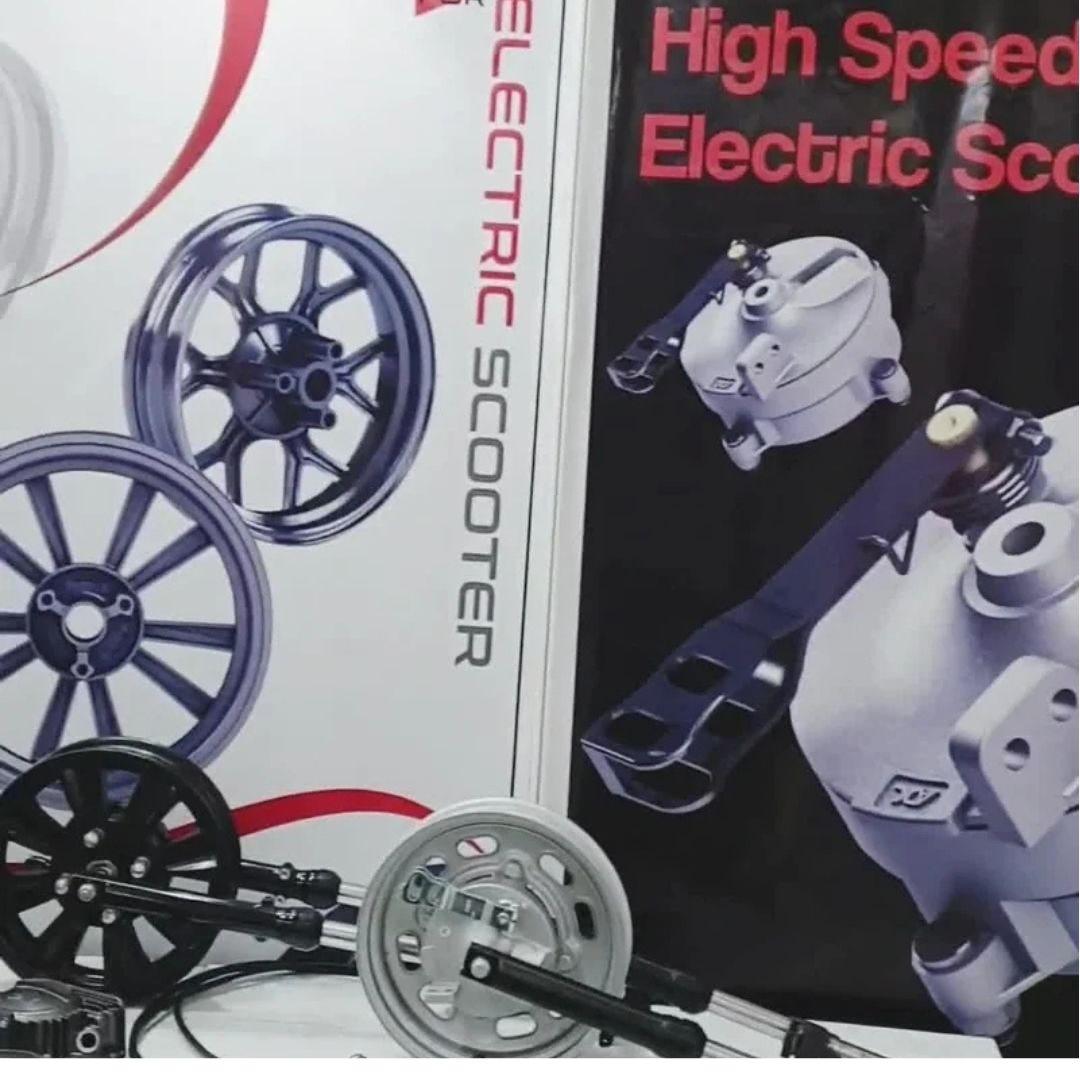The Rise of the Detector de IA: A New Era in Digital Transparency

In today’s hyper-digital landscape, where artificial intelligence (AI) writes, edits, calculates, creates, and even converses, a new kind of tool is making headlines: the Detector de IA. This phrase—Spanish for "AI detector"—has taken on a crucial role in how we assess truth, originality, and authorship across online platforms, education systems, content marketing, and beyond.
But what exactly is a detector de IA? How does it work? And why is it becoming an indispensable instrument in our digital toolkit? Let's explore.
What is a Detector de IA?
A detector de IA is a specialized tool designed to identify whether a given piece of text, image, or content was generated by artificial intelligence. Unlike traditional plagiarism detectors, which only search for identical or similar content across the web, AI detectors delve deeper. They analyze patterns, probabilities, sentence structures, and even creative logic to determine if the content follows the telltale signature of AI-generated material.
From students submitting essays to marketers writing blog posts, the detector de IA acts like a digital lie detector—sniffing out robotic fingerprints in human-looking content.
Why the Sudden Surge in Demand?
The explosion of generative AI tools like ChatGPT, Jasper, Copy.ai, Midjourney, and DALL·E has democratized content creation. Anyone with an internet connection can now produce pages of content in seconds. While this is a game-changer for productivity, it’s also raised ethical and practical concerns.
Educators worry about academic dishonesty. Employers question the authenticity of employee work. Publishers fret over originality.
How Does a Detector de IA Work?
Each detector uses its own blend of machine learning models, linguistic analysis, and data training to flag AI-generated material. Here's a simplified breakdown:
-
Probability Analysis – Human writing is unpredictable. AI writing often follows predictable probabilities. Detectors scan for these patterns.
-
Tokenization & Frequency Checks – AI tools generate content word by word (tokens). Detectors evaluate token frequency and distribution, looking for unnatural repetitions or “over-polished” structure.
-
Sentence Randomness – Detectors look at how varied and spontaneous sentence constructions are. AI tends to produce symmetrical and grammatically pristine text.
-
Source Evaluation – Some tools compare the content to databases of known AI outputs to spot similarities.
The more sophisticated the detector, the better it becomes at distinguishing even subtle differences.
Real-World Uses of Detector de IA
The detector de IA is no longer just a lab experiment—it’s out in the real world, solving problems in multiple sectors:
-
Education: Universities and schools use AI detectors to ensure students submit their original work. It’s a modern counterpart to plagiarism checkers.
-
Publishing: Editors and content platforms rely on detectors to maintain editorial integrity.
-
Hiring: Companies use these tools to check whether resumes, cover letters, or technical assignments were written by candidates—or their AI assistants.
-
Journalism: Media outlets use them to verify if articles are penned by actual journalists or generated with AI, maintaining the credibility of their reporting.
-
SEO & Content Marketing: As Google continues to refine how it treats AI-generated content, marketers use detectors to ensure their articles won't be flagged or penalized.
Limitations of Current AI Detectors
As clever as the detector de IA may be, it isn’t flawless.
-
False Positives: Human-written content can sometimes get flagged incorrectly, especially if it's too structured or lacks emotion.
-
Lack of Standardization: There’s no universal benchmark for detection accuracy. Some tools are better than others, but results can vary widely.
These challenges mean users must treat detector results as indicators—not as the final verdict.
The Future of Detector de IA
As AI grows more powerful, so will the tools that aim to detect it. We can expect:
-
Multilingual Detection: Expanding from English-only to support global languages.
-
Multi-modal Detection: Tools that detect not only AI-written text but also AI-generated images, videos, and even voice content.
-
Blockchain Integration: Some experts foresee blockchain-based watermarks to verify human authorship at the time of content creation.
-
Educational Integration: AI literacy—understanding when, where, and how AI is used—will become part of modern education, with detectors used in teaching rather than just enforcing.
Ethical Questions Around Detection
With great detection power comes great ethical responsibility. Is it fair to penalize someone for using AI tools responsibly? Can AI be used as a co-writer rather than a ghostwriter? Should detection be transparent or kept behind closed doors?
These are questions every institution, employer, and creator will have to grapple with.
Conclusion
In an era where artificial intelligence is becoming a co-author of our digital world, the AI Checker emerges as a quiet but powerful guardian of authenticity. It ensures that amidst the blur of machine-generated content, human creativity still shines through—and that the line between artificial and authentic remains clear.
Whether you're a student, writer, business owner, or tech enthusiast, understanding how AI detection works isn’t just useful—it’s essential. The future will belong to those who can harness AI wisely while upholding the value of original thought. And in that future, the detector de IA is your silent ally.






